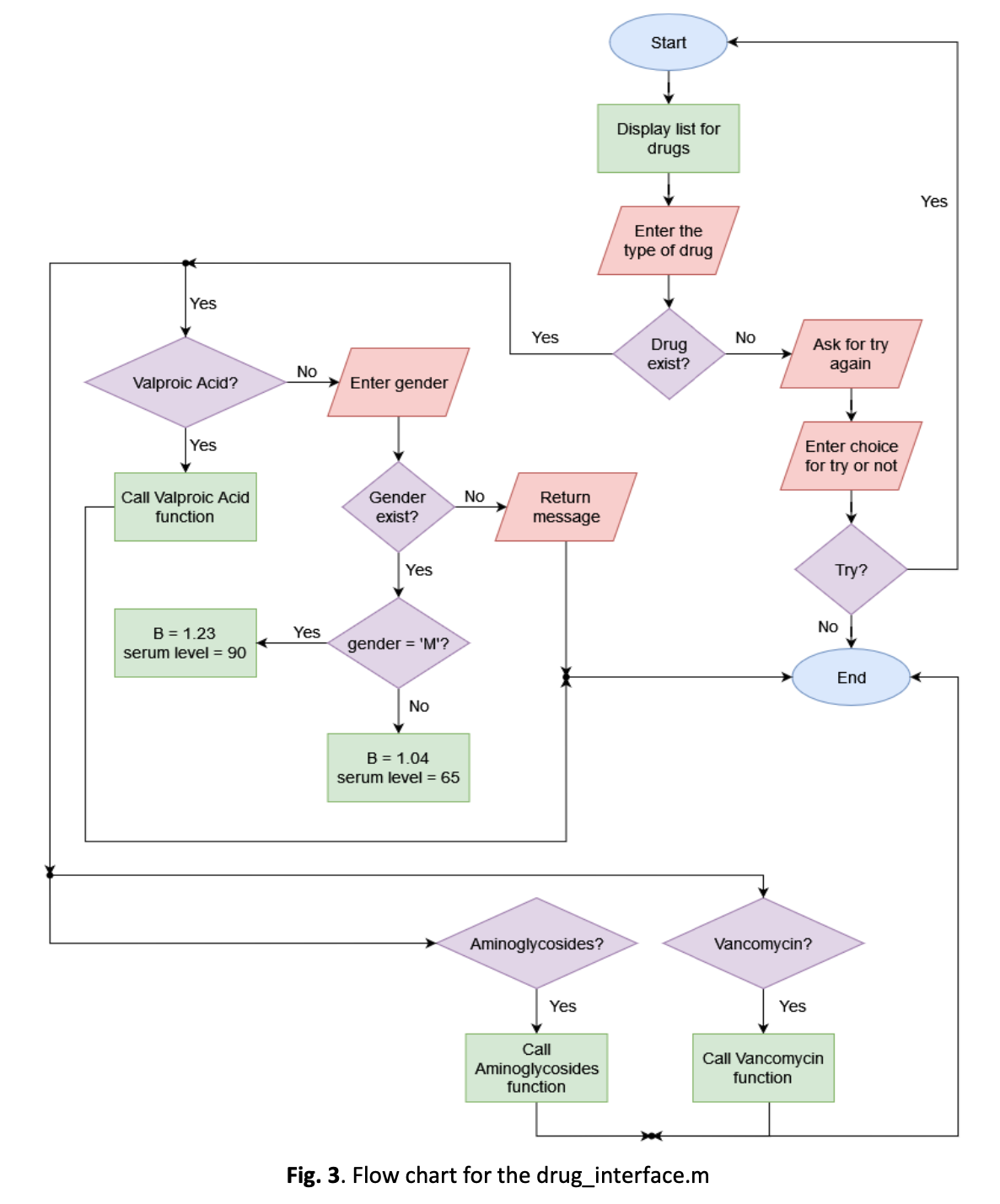Prediction of Drug Concentration in Human Bloodstream using Adams-Bashforth-Moulton Method
DOI:
https://doi.org/10.37934/araset.29.2.5371Keywords:
Adams Bashforth method, Adams Moulton method, Drug concentration, PharmacokineticsAbstract
Pharmaceutical drugs are chemicals intended to avoid, assess, heal, or cure a disease. It is also commonly referred to as medication. When medicine is taken, it gets absorbed into the bloodstream, spreads throughout the body, and achieves its maximum concentration. Following this, the medication level gradually decreases as it is removed from the body. The drug concentration according to the time can be predicted using mathematical concepts and pharmacokinetic models. The compartmental model is a fundamental type of model used in pharmacokinetics. The number of compartments required to describe the drug's action in the body is one-compartment, two-compartment, and multicompartment. These models can forecast medication concentrations in the body over time. This paper will focus on the one-compartment model and Adams Bashforth-Moulton method. Adams Method is one of the linear multistep techniques applied to solve numerical ordinary differential equations that contain the predictor method (Adams Bashforth) and corrector method (Adams Moulton). The integrated development environment used for the computation and graphing is MATLAB. The expected result of this report is that we can predict the concentration of the chosen drugs over time and how long a particular person needs to wait before donating blood safely.
Downloads





























